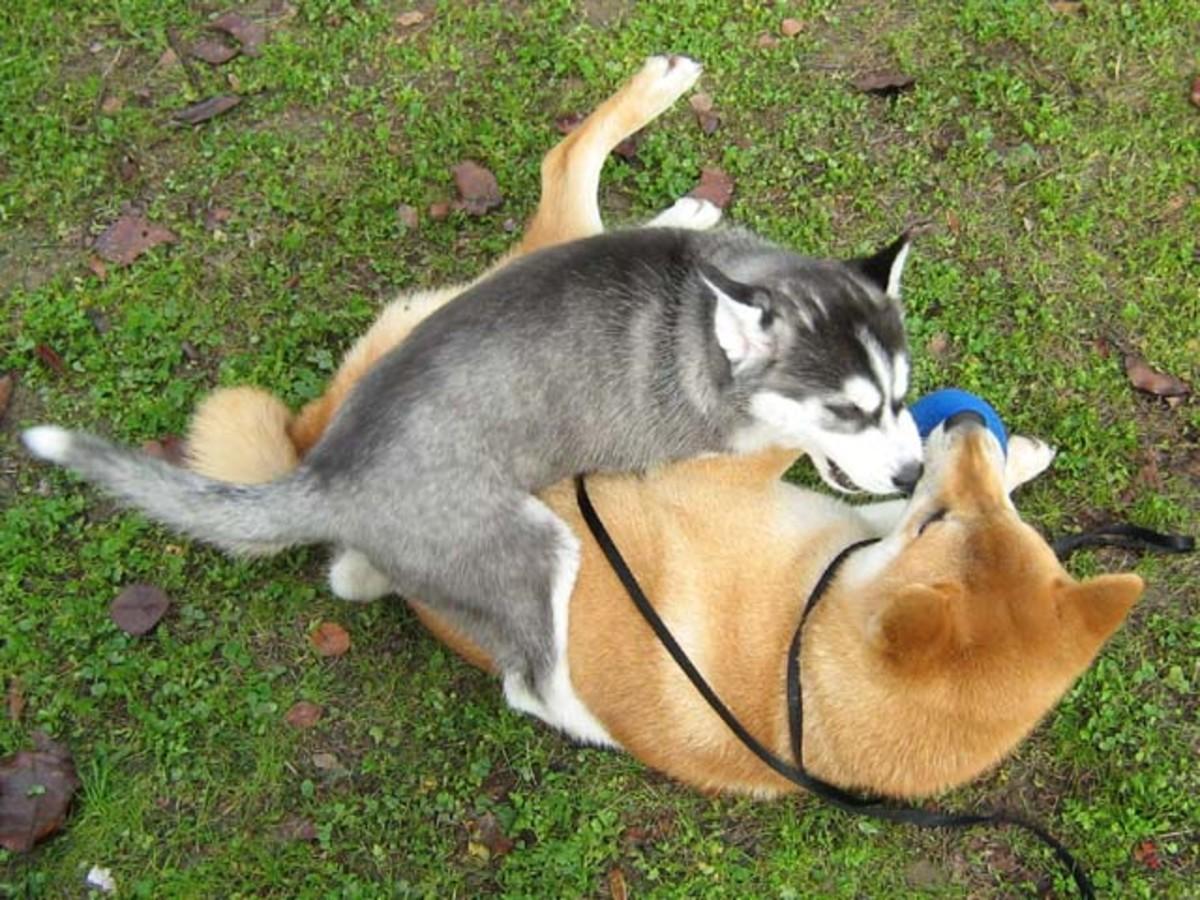Managing a hyperactive dog can often feel like trying to harness the energy of a small tornado. Yet, amidst the whirlwind of zoomies and endless enthusiasm, lies an opportunity to forge an even stronger bond with your furry companion. Understanding how to channel this boundless energy into positive outlets not only enhances your dog’s well-being but also enriches your shared life together. In this guide, we will explore practical strategies and heartfelt tips to help you navigate the delightful challenge of a hyperactive dog, ensuring a harmonious home filled with joy, laughter, and plenty of wagging tails.
Understanding Your Dogs Energy Levels
Understanding what drives your dog’s boundless energy can be the first step in addressing their hyperactivity. Dogs, like humans, have varying energy levels based on factors such as breed, age, and individual personality. Recognizing these differences can help you tailor activities to meet your dog’s specific needs. For instance, a Border Collie or a Jack Russell Terrier naturally requires more exercise compared to a Basset Hound or a Bulldog. Keep in mind that puppies and young dogs generally exhibit higher energy levels than older dogs, who may prefer more rest and relaxation.
To better manage your dog’s energy, consider incorporating the following strategies into your routine:
- Regular Exercise: Ensure your dog gets enough physical activity. This can range from daily walks to engaging in interactive games like fetch or tug-of-war.
- Mental Stimulation: Challenge your dog’s mind with puzzle toys, obedience training, or scent work. Mental exertion can be just as tiring as physical exercise.
- Consistent Routine: Dogs thrive on routine. Establishing a regular schedule for meals, walks, and playtime can help manage their energy levels more effectively.
- Social Interaction: Allow your dog to interact with other dogs or people, which can provide both physical and mental stimulation.
By understanding and catering to your dog’s unique energy requirements, you can create a balanced and fulfilling environment that helps mitigate hyperactivity.

Creating a Structured Routine for Calmness
Establishing a routine can be a game-changer for managing your hyperactive dog, bringing a sense of tranquility to your daily life. Dogs thrive on consistency, and a well-structured schedule helps them know what to expect, reducing anxiety and hyperactivity. Begin by setting regular times for meals, walks, and playtime. This not only satisfies their physical needs but also nurtures their mental well-being.
Incorporate calming activities into their routine to balance their energy levels. Consider these ideas:
- Interactive Toys: Use puzzle toys to engage their mind and keep them occupied.
- Training Sessions: Short, fun training sessions can channel their energy positively.
- Quiet Time: Create a designated space for relaxation, perhaps with a comfy bed and soothing music.
- Consistent Bedtime: Just like humans, dogs benefit from a regular sleep schedule.
By thoughtfully organizing your dog’s day, you’ll not only foster a calmer environment but also strengthen the bond between you and your furry friend.

Engaging in Mental and Physical Activities
To effectively manage a hyperactive dog, it’s crucial to incorporate a blend of mental and physical activities that cater to their energetic nature. Dogs thrive on challenges that stimulate their minds and bodies, so creating a balanced routine is key. Consider introducing interactive toys that dispense treats or puzzles that require problem-solving, which can keep your furry friend entertained and mentally stimulated. Training sessions that focus on new tricks or commands not only engage their brains but also strengthen the bond between you and your dog.
On the physical side, activities like agility training, fetch games, or even a simple run in the park can help expend that excess energy. Incorporating a variety of exercises ensures that your dog remains interested and excited. For a more structured approach, you might want to try:
- Hide and Seek: A game that combines both mental and physical exertion.
- Obstacle Courses: Set up a DIY course in your backyard to challenge their agility.
- Swimming: A low-impact activity that’s excellent for high-energy dogs.
By providing a well-rounded mix of activities, you’ll not only manage your dog’s hyperactivity but also contribute to their overall well-being and happiness.

Utilizing Positive Reinforcement Techniques
Incorporating positive reinforcement into your training regimen can be a game-changer for managing your hyperactive dog. This approach focuses on rewarding desirable behaviors rather than punishing the undesirable ones, creating a more harmonious relationship between you and your furry friend. Positive reinforcement encourages your dog to repeat the good behavior, ultimately leading to a calmer and more well-behaved pet.
- Treats and Praise: Whenever your dog exhibits a calm demeanor or follows a command, immediately reward them with a tasty treat or enthusiastic praise. This reinforces the idea that calm behavior leads to positive outcomes.
- Consistency is Key: Be consistent with your rewards to help your dog make the connection between their actions and the positive reinforcement. Over time, your dog will begin to understand which behaviors are expected.
- Engaging Toys: Use interactive toys that stimulate your dog’s mind and keep them engaged. This not only provides an outlet for their energy but also teaches them to focus their attention in a constructive way.
By using these techniques, you can transform your hyperactive dog into a well-mannered companion, all while strengthening your bond through mutual respect and understanding.

